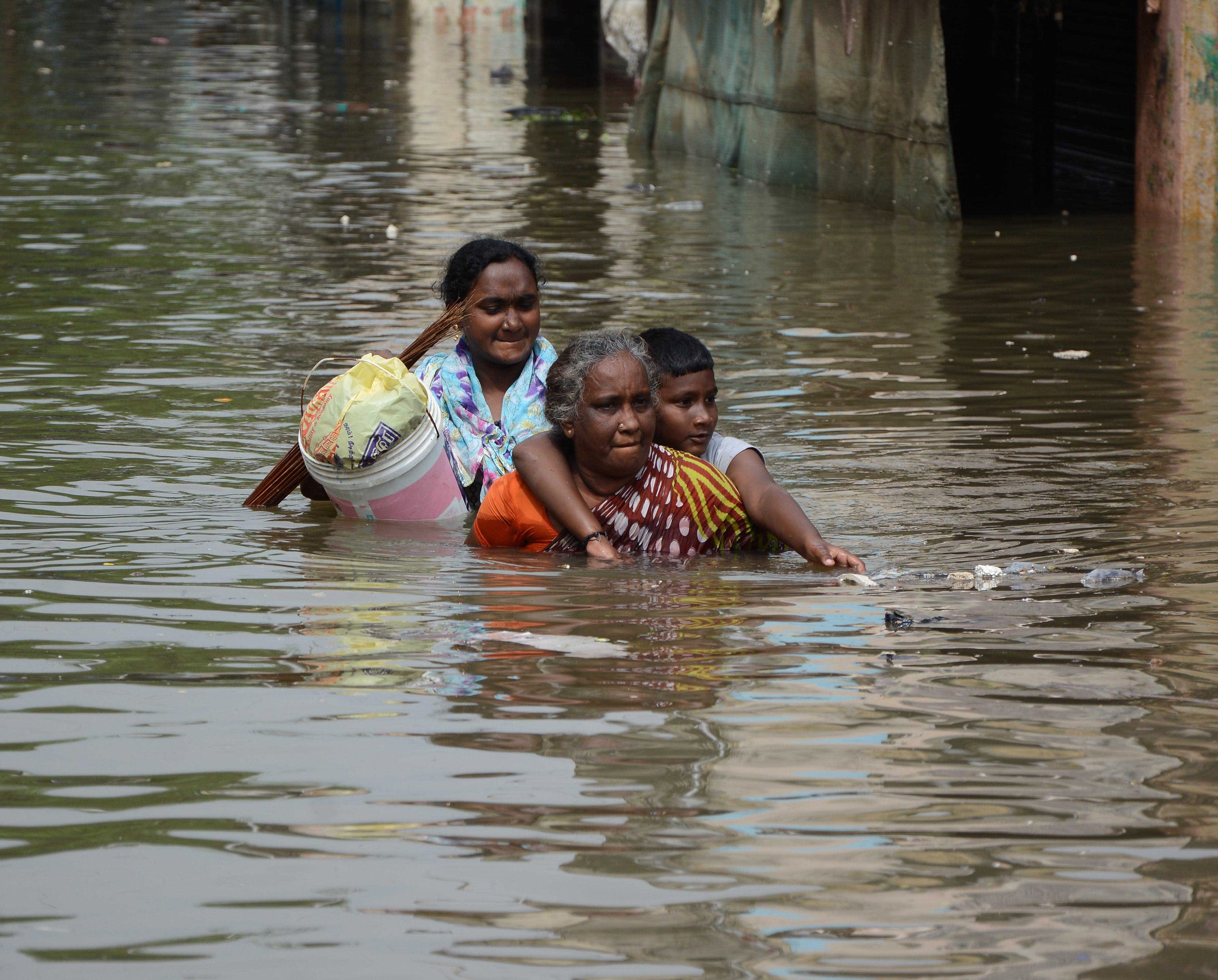El Niño effect set to be biggest ever as Pacific Ocean water temperatures rise
The phenomenon has seen water temperatures in the Central Pacific Ocean rising to 3.1C above average

Your support helps us to tell the story
From reproductive rights to climate change to Big Tech, The Independent is on the ground when the story is developing. Whether it's investigating the financials of Elon Musk's pro-Trump PAC or producing our latest documentary, 'The A Word', which shines a light on the American women fighting for reproductive rights, we know how important it is to parse out the facts from the messaging.
At such a critical moment in US history, we need reporters on the ground. Your donation allows us to keep sending journalists to speak to both sides of the story.
The Independent is trusted by Americans across the entire political spectrum. And unlike many other quality news outlets, we choose not to lock Americans out of our reporting and analysis with paywalls. We believe quality journalism should be available to everyone, paid for by those who can afford it.
Your support makes all the difference.The latest El Niño weather phenomenon is now the biggest and most powerful it has ever been since records began.
The cycle of warm and cold temperatures - which is caused by warm water from Australia spilling out across the Pacific Ocean - has already caused havoc across the world this year.
Floods in the Indian city of Chennai last week - killing 269 people - are believed to have been caused by El Niño’s effect on the monsoon season.
According to scientists at the US National Oceanic and Atmospheric Agency, this year’s El Niño has meant the water in the Central Pacific Ocean reached 3.1C above its average on 18 November - compared to previous high of 2.8C recorded during the 1997-1998 El Niño season.
The New Scientist reports that the 1997-98 El Niño killed 20,000 people and caused almost $97bn (£64.3bn) worth of damage as it caused floods, droughts, fires, cyclones and mudslides around the world.
Professor Axel Timmermann, an oceanographer from the University of Hawaii, told the magazine: “The El Niño community is closely watching the evolution [of this El Niño] and whether the current event will surpass the 1997-8 event.
“Monthly and weekly central Pacific temperature anomalies clearly show that this current event has surpassed it.”
In an earlier study, Professor Timmermann showed each cycle of El Niño had been gradually getting stronger in recent decades - more than in any period over the past four centuries.
He said it was currently unclear whether this was due to climate change - but that the phenomenon was likely to become more frequent because of global warming over the course of the next century.
El Niño typically occurs once every two to seven years.
Join our commenting forum
Join thought-provoking conversations, follow other Independent readers and see their replies
Comments